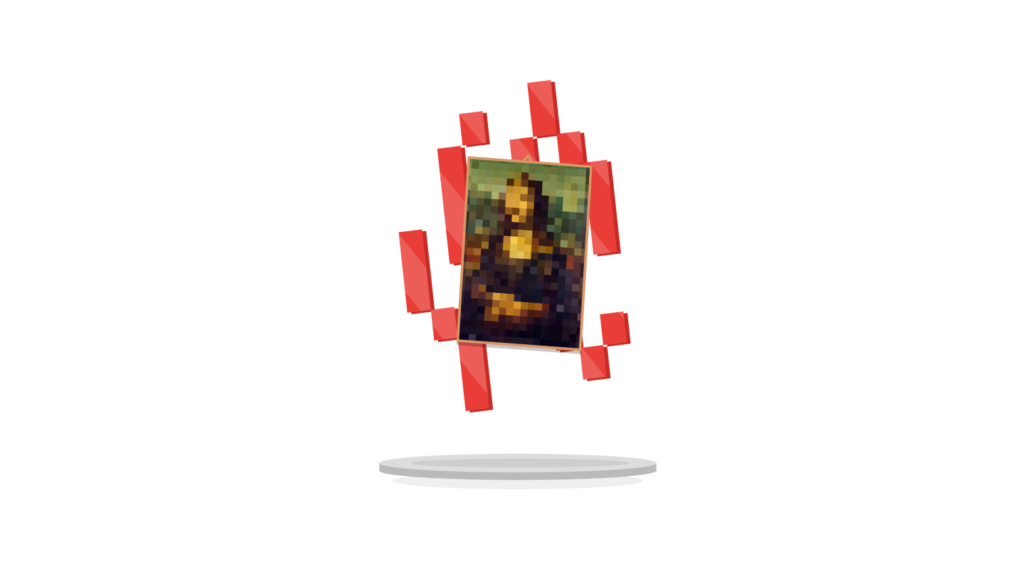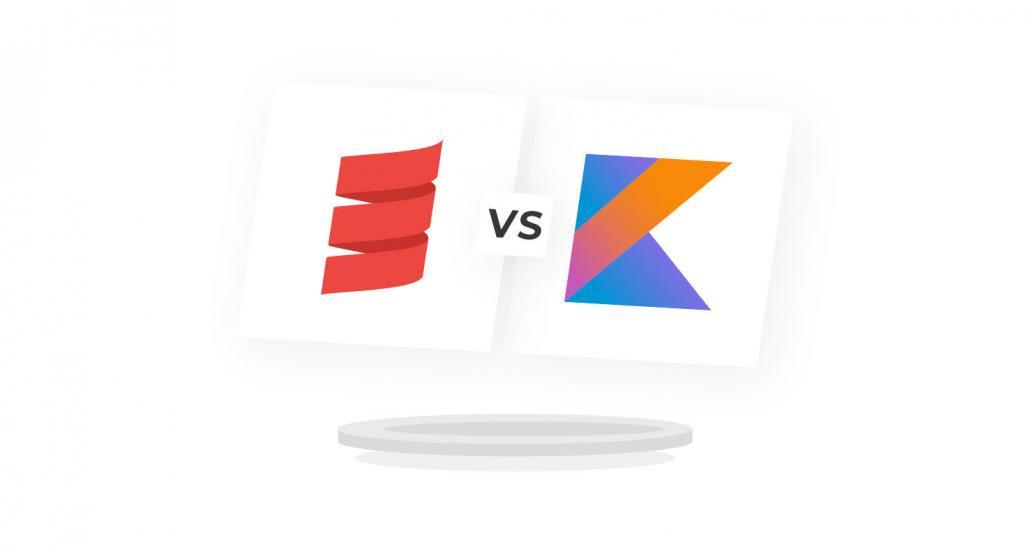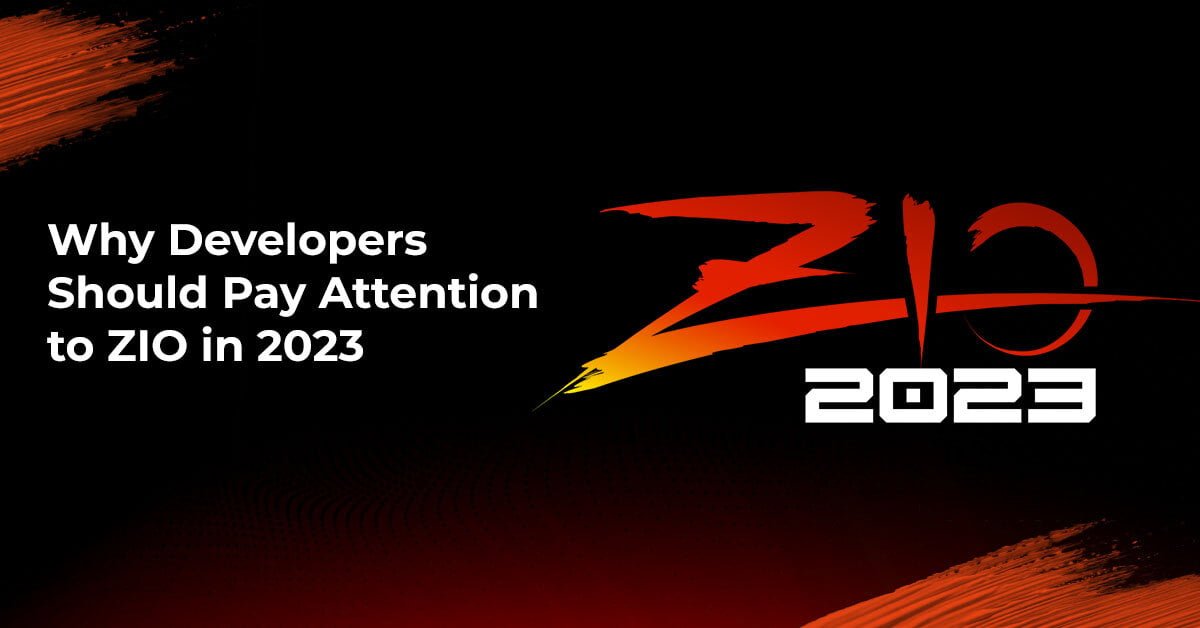
Tokenization – a solution to the problem of the aging art market

Who stands to benefit from the tokenization of art, and why aren’t traditional artists the only ones to do so?
Kevin Abosch, a conceptual artist known, among other things, for successfully selling a picture of a potato, has been selling his virtual art since early 2018. At some point, he discovered with a surprise that buyers were willing to pay for something that was essentially a string of code. If there was some sort of bigger, artistic idea behind it.
Now, this theme is returning along with the rise of the NFT market, which response to buyers’ need for art adjusted to the highly digitized world.
Memes are free? Not anymore
Ten years ago, in April 2011, the Nyan Cat meme was born. It featured a GIF of a running cat with a body of pop-tart, leaving a rainbow trace behind. There is something strange yet oddly satisfying about looking at this friendly pet perpetually running through space. Nyan Cat definitely managed to inspire various online creators across the globe to make a number of further memes. As well as articles, games, and other works of culture. And ten years later, in February 2021, the author of the original meme was finally rewarded for his work.
He earned nearly $600,000 on a meme
Although his identity was known before, only now has he managed to earn real money for his creation. Deciding to take advantage of the rising tokenized art market, Chris Torres auctioned off the famous Nyan Cat on a digital art marketplace called Foundation. In a span of 24 hours, it managed to earn 300 ETH – the equivalent of about $590,000 at the time. All of this happened through a transparent process. Even after the auction, it is possible to track the bidders, and the values they offered. As well as look up the work of art that was the subject of a transaction. And the history of its ownership. Every data concerning any particular item is saved in a blockchain – so it cannot be destroyed, modified, or hacked.
She accidentally became a meme and owned up to it
A number of histories about similar transactions have been circulating in recent months. From Jack Dorsey (Twitter’s founder and CEO) selling the first ever Tweet for $2.9 million, to Zoe Roth featuring in the Disaster Girl meme. Taking ownership of her digital image by making $500,000 from the auction of a token representing the meme. What’s more, she managed to code the token in such a way that with each following transaction, one-tenth of the income goes to the original owner of the meme. Proving that even if it is not your fault that you became a meme it might be your call whether you choose to earn money on it.
Nyan Cat is blazing a path for others
In a Tweet after his auction, Chris Torres of Nyan Cat expressed his hope that his case might encourage other people known for their online creations to fight for their royalties. He also shared an invitation to the digital art marketplace with Disaster Girl. Other popular characters from memes, such as Overly Attached Girlfriend and Bad Luck Brian, are expected to follow in their footsteps. Zoe Roth described this as an opportunity to finally take ownership of her digital image. While at the same time earning much-needed real money.
Currently, being the owner of such a picture is not equivalent to being the only person in the world that can use it. Even if you pay for it, everyone is still entitled to freely use the same picture. However, it will be interesting to see the direction in which this market develops. As well as the impact it could have on online meme creators. And the circulation of popular gifs, videos, or graphics.
From memes to the fine arts
But the digitization of art is not only limited to meme-related matters. The aforementioned cases prove to be a very useful study for traditional art institutions.
As they are struggling during times of closed art galleries and buyers having lower budgets, last year’s estimations showed that the global market could be facing a decrease of up to even 70% in income due to the COVID-19 pandemic. In April 2020 about one-third of galleries declared they did not expect to survive the crisis. With the smallest businesses having the lowest chance of survival.
Art industry is closed but still needs to pay their dues
Exhibition fees, events, or a shop and a cafe. These are some of the most important sources of income in the budget of art galleries. However, COVID-19 has mostly limited these opportunities to earn money while forcing them to deal with expenses such as rent or maintenance of the space. And the works of art owned by the entity. Rent for an art gallery might cost anywhere between 27-40% of its monthly budget, depending on the location.
Looking at the successes achieved by Chris Torres and Zoe Roth, it becomes very obvious that people who are willing to support the creators behind their favorite memes or the characters featured within them might also want to back a particular painter or a local art gallery with a long history.
Both a Ukrainian painter and a digital artist can be featured on the blockchain
And there are already traditional art institutions that are increasingly moving online. In March 2021, “Abstract Composition”, a painting by Wladimir Baranodd-Rossine, was sold both in physical and NFT formats for $47,000. A month later, in April, Christie’s – a famous auction house – sold “Everydays: The First 5,000 Days” by Beeple in the form of NFT for $69.3 million. This shows that the potential of the market is massive. As it can reach entirely new kinds of buyers who have never been attracted by brick-and-mortar art galleries. But might find it fascinating to own a piece of art in a blockchain.
What might the role of art galleries in a world of tokenized art be?
Some artists might feel tempted to venture on their own and start selling directly to customers, especially with social media accessible to everyone. But this does not mean that traditional art galleries do not have their own place in the new digital world. First of all, not every creator likes or wants to pursue marketing activities nor handle all of the formalities and taxes, etc., so handing over related obligations related to art galleries might be still a prevailing solution for most of them – especially debutants.
Galleries are curated. NTFs? Not so much
What’s more, the variety of works that are going to be sold on the NFT market may sooner or later make it difficult to find something that really suits the buyer. After all, it is possible that two dots made in MS Paint will compete for viewers’ attention with a century-old piece by a famous Ukrainian artist.
When a potential client entered a brick-and-mortar art gallery, they knew that the works for sale were curated and that an advisor would be present there to help with making a purchase decision. Every gallery has its own style and provides a certain perspective or narrative of any particular work of art.
And the rise of NFT does not mean that people have started preferring graphics over stories – it means that art has become more accessible to everyone, but its main task is still to provoke emotions. The Disaster Girl meme, the first Tweet, and the Nyan Cat gif weren’t sold just because they were highly valued pieces of art. There were stories behind them, stories that most Internet users participated in by sharing those memes or playing games inspired by them.
Art is mostly about a great story
In a tokenized art world, galleries might find their role not only as curators of a certain style of art – specialists helping clients select art from all around the world for their purposes – but also as the creators of narratives that drive our emotions towards a particular piece of art. Online sales might also help traditional institutions to reach customers from various countries, regardless of their geographical locations or local time zones. And this is much better than just being closed down due to the global pandemic.
The first galleries are actually utilizing this trend, as the first physical building housing NFT art was opened in New York this March. Currently, it showcases 300 pieces of art coded in the blockchain. Other entities are following in these footsteps, experimenting with connecting virtual art with real life experiences.
Why would I buy tokenized art, though?
Although the rise of the NFT art market is described widely in the media, not everyone quite understands its perks. After all, the art that is auctioned off is available in digital format to everyone. So what is the point of buying it, if you can just simply download the gif or the video from a website?
There is a difference between the original and copy
It is not a thoroughly investigated phenomenon yet in terms of psychology, but it can be compared to a situation when you decide to buy an original painting from the gallery rather than print out its digital version from the internet. The ownership of something original contributes to our well-being, but also our wealth. The tokenized piece of art is saved in the blockchain in the form of a unique code. Its history of transactions, available to everyone, proves that you are the owner of a certain work and are eligible to sell it further.
Art, above all, is an investment
It could be treated as an investment of your wealth, as the art’s value is likely to increase over the years and you could resell it later for a greater value. It is also a way of supporting artists, as the commission from every resale will automatically benefit their bank accounts if the token is coded to do so. If the creators decide to fractionalize their art, it might end up functioning like popular patronage sites which make it possible to support famous people in exchange for certain benefits whilst providing the artists with a steady income.
With art purchased digitally, there are no doubts about its ownership, potential copyrights, trade restrictions, or other outstanding issues. As everything is saved in the blockchain, the buyer does not have to track down information concerning a particular painting and analyze various legal requirements in order to understand the rules governing the transaction.
Digital paintings are on the fire
In 2020, non-fungible tokens sold as works of art provided their creators with about $12.9 million of income in 64,485 transactions. With paintings being the most frequently sold online medium during the pandemic. Even the largest auction houses are catching up with the trends quickly, as Christie’s, Sotheby’s, and Phillips increased the volume of their online sales by 255% together in 2020. With the average price for a piece of art rising by 207% on average in comparison to 2019. This shows that the phenomenon of digitizing the art market is poised to stay with us for a long time. Even when the pandemic is over.
How to tokenize art or buy tokenized art?
The question that often comes to mind (especially if you’re a graphic designer or an artist) is: “how can I get my art on the blockchain?” Finally, we are seeing new tools that enable artists to tokenize their work and sell it on their own marketplace. You can set up a blockchain-based marketplace even without coding.
To do this we recommend checking out these platforms:
- Maecenas,
- SuperRare,
- KnownOrigin,
- Portion,
- RareArtLabs,
- DigitalObjects,
- Pixura,
- Freeport.io. (open-sourced Github project)
Conclusions
The introduction of the blockchain to the art market will permanently change its future outlook. Even if the pandemic subsides and all the art institutions will be able to go back to business. On May 12, 2021, for the first time in Sotheby’s history, a physical painting was sold for $12,9 mln and paid for with cryptocurrency.
This might suggest that even if the popularity of NFT tokens decreases with time, for many art buyers from across the globe it might be easier to pay for purchases with cryptocurrencies. Despite their volatility, it is an easy way to transfer a large sum of money. Even across geographies without worries about bank fees or taxes. And art is usually expensive by itself. But with crypto and blockchain in the game, more money than ever before might be deposited directly in the artists’ bank accounts. Ensuring that they will continue to boost modern culture.
Sources
- https://www.forbes.com/sites/oliversmith/2018/06/27/kevin-abosch-the-artist-who-became-a-bitcoin/?sh=41d84cec647b
- https://knowyourmeme.com/memes/nyan-cat
- https://foundation.app/NyanCat/nyan-cat-219
- https://www.cnbc.com/2021/03/22/jack-dorsey-sells-his-first-tweet-ever-as-an-nft-for-over-2point9-million.html
- https://knowyourmeme.com/memes/disaster-girl
- https://www.nytimes.com/2021/04/29/arts/disaster-girl-meme-nft.html
- https://www.newsobserver.com/news/local/article250944639.html
- https://www.newsobserver.com/news/local/article250944639.html
- https://www.theartnewspaper.com/news/galleries-face-70-income-crash-due-to-the-coronavirus
- https://blog.usejournal.com/how-art-galleries-make-money-a9c39546f8f6
- https://www.theartnewspaper.com/news/galleries-face-70-income-crash-due-to-the-coronavirus
- https://fortune.com/2021/04/14/nft-non-fungible-token-art-crypto-art-market-galleries-auction-houses/
- https://www.theartnewspaper.com/analysis/nfts-in-irl-the-rise-of-digital-art-galleries-in-physical-form
- https://www.statista.com/topics/7626/crypto-art/
- https://www.barrons.com/articles/online-only-auction-sales-rise-255-in-2020-01600113303
You might also like:











